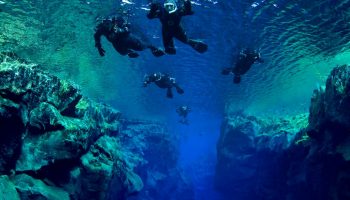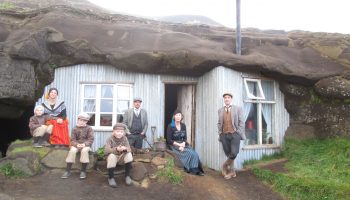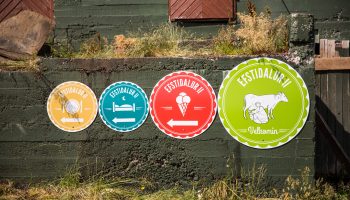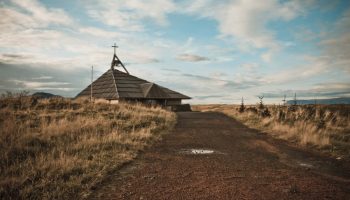The Golden Circle is, without any doubt, the most popular tourist route in Iceland departing from Reykjavik and covering a vast area of geological and historical attractions.
Þingvellir National Park, Geysir and Gullfoss Waterfall are the main stops on the Golden Circle sightseeing route. In addition to this, we wanted to cover as many interesting and useful places as possible.
Þingvellir National Park (“Assembly plains”) is the most important historical site in Iceland.
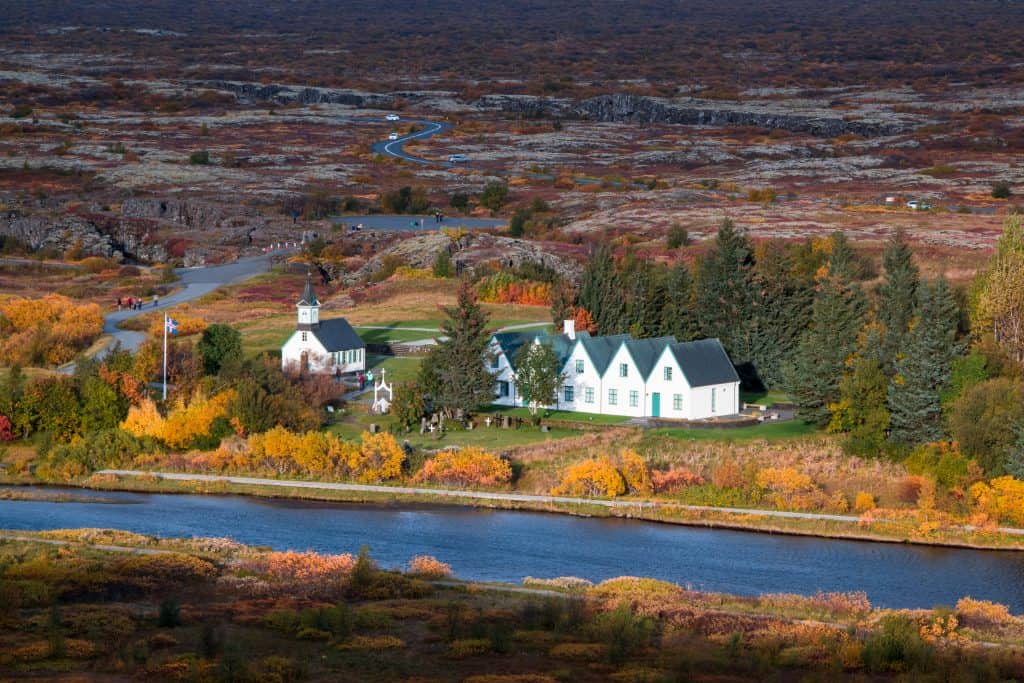
It was added to the UNESCO World Heritage List in the summer of 2004. For nearly 9 centuries, from the year 930 the Althing, was held there annually near the north end of the lake. Althing was the legislative body of Icelanders. Some marked ruins are there as well as in the Almmanagjá canyon. A flagpole marks the likely site of Lögberg (“Law rock”) where the law-speaker recited the laws. The plains and surrounding area were made a National Park in 1928. The area is mostly covered with birch and willow and has many lava fissures, some filled with icy cold, crystal-clear water. You will be amazed by this beautiful place. The lake (Þingvallavatn), lava fields covered in moss and visible tectonic fissures make this place very popular amongst divers and snorkelers.
Þingvallavatn, at 83,7 km2, is the largest lake in Iceland. Its surface is 100,5 m above sea level, its average depth 34,1 m, but it reaches a depth of 114 m, i.e. 13 m below sea level. Fed largely by underwater springs the water is always extremely cold, the only river feeding it being Öxará, and the river Sog being its outlet.
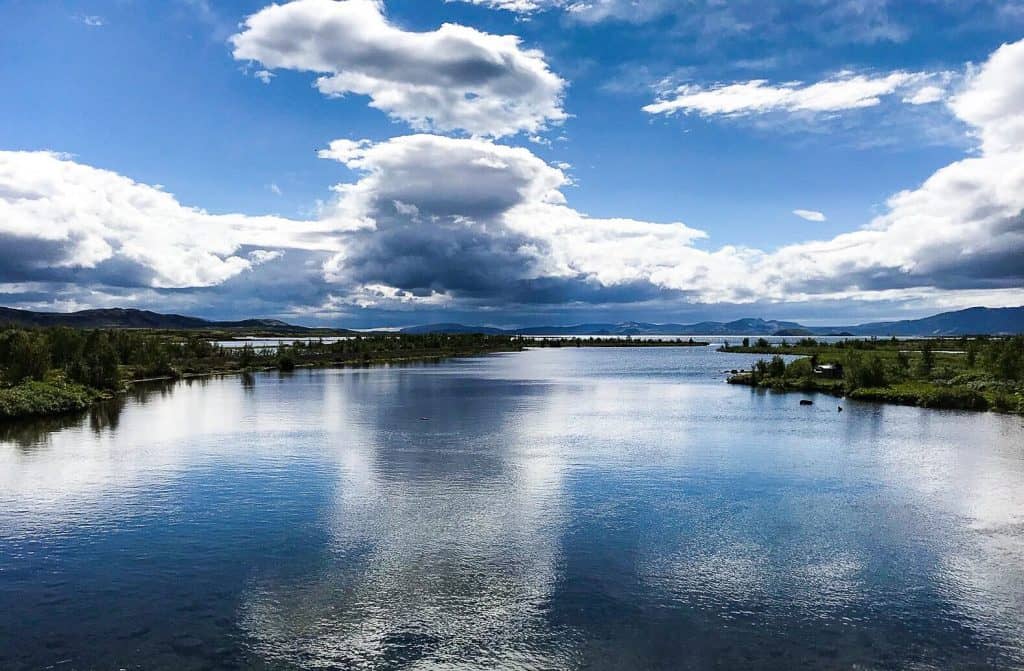
In the Þingvellir valley and within the Þingvellir National Park is the most popular place for scuba diving and snorkeling, Silfra. This place was formed by the divergent tectonic drift of the Eurasian and North American plates. The plates drift about 2 cm farther apart every year, building up tension between the plates and the earth mass above.
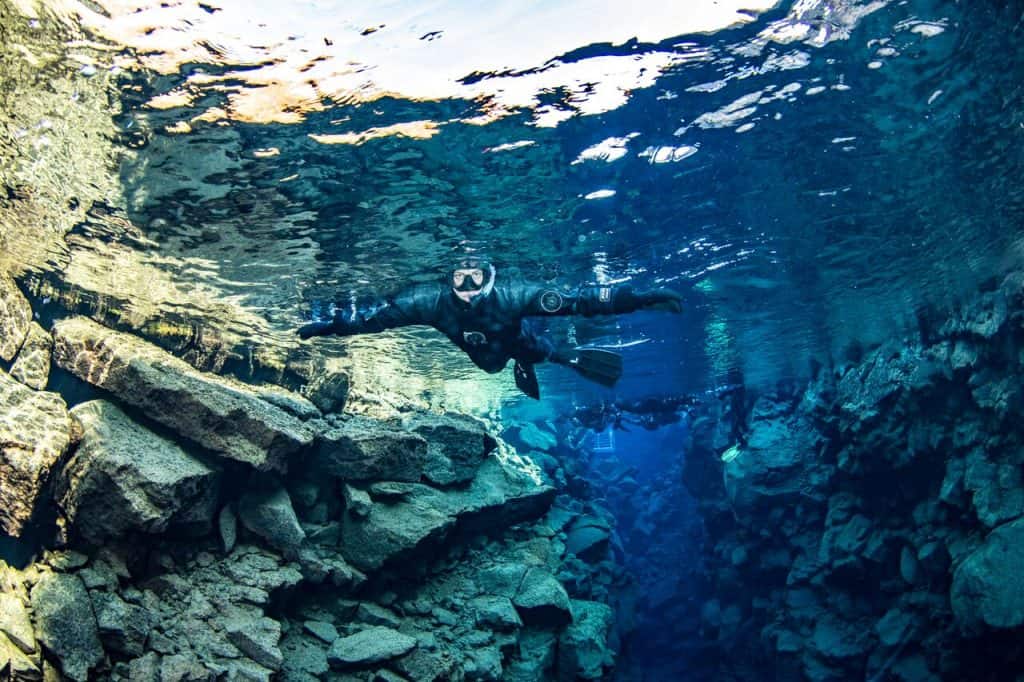
Another major stop is the Geysir Geothermal Area, Iceland’s very own pressure valve.
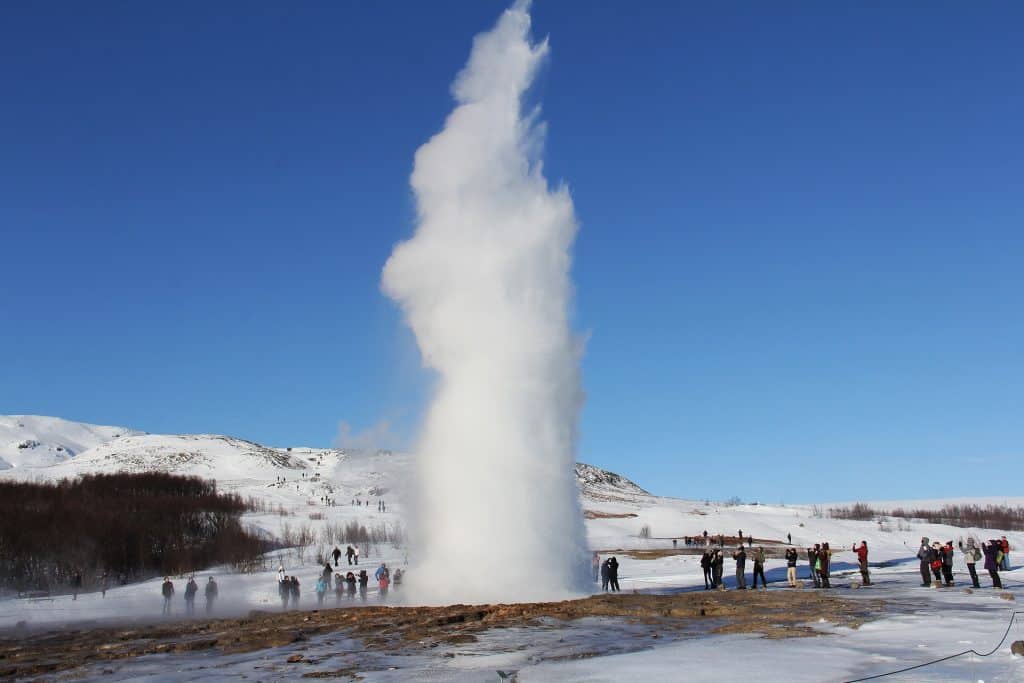
Strokkur lets off steam every few minutes in a 30 m high aquatic burst. This hot geothermal area is fascinating with its colours, smells and energy. It is believed that Geysir started spouting in the 13th century. However, at the beginning of last century it stopped altogether, possibly because it was half choked by visitors throwing rocks and turf into the spring in order to activate it. In 1935 it was re-awakened by lowering the water level and at its best spouted to a height of 60 m. The nearby Strokkur spouts with great frequency and Geysir itself spouts once in a while.
The third classic stop is the mesmerising Gullfoss Waterfall.
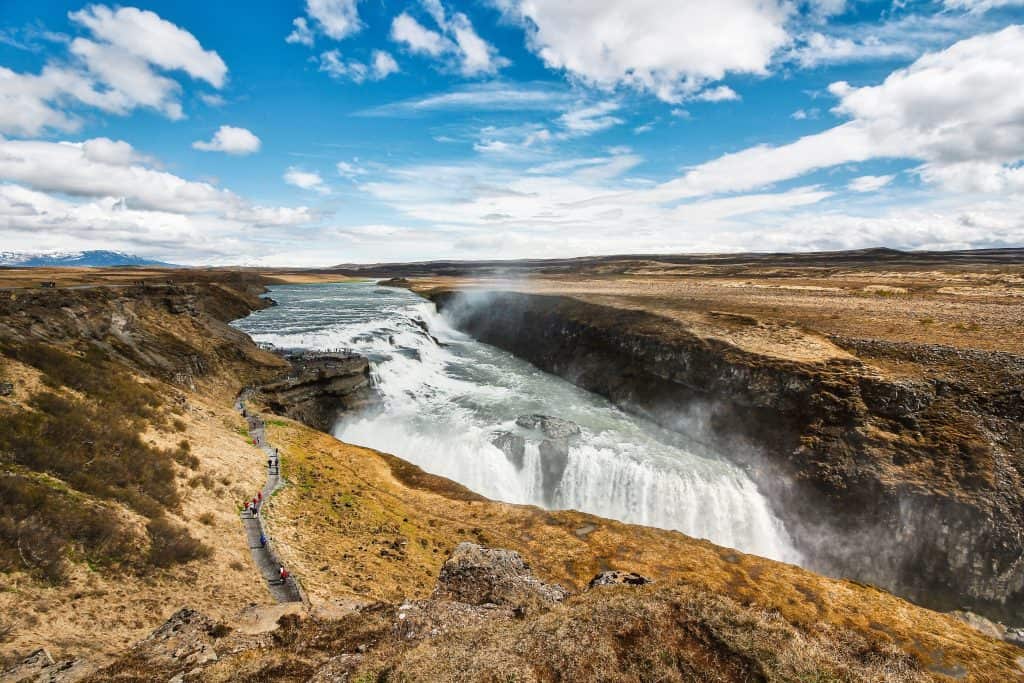
Seen from a dizzy height, this waterfall is two-tiered and plunges 32m down into the Hvítá River. Its beauty is illuminated by sunshine and rainbows but also in its winter coat of icicles and frozen spray.
There are a number of other attractions in the area that would put a personal touch to your own Golden Circle tour.
You can stop for example in Laugarvatn village, on the banks of a warm lake and sheltered by a birch-covered mountain.
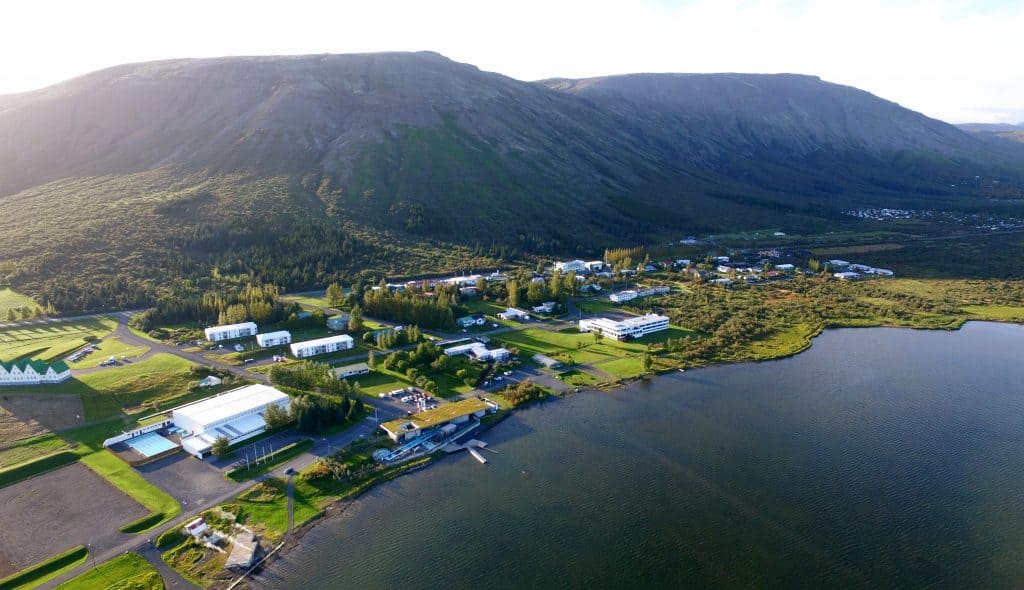
Laugarvatn is a geothermal area and a very popular stop for the travellers. It is also a popular camping area in the summer. It is said that when Christianity was legalised in the year 1000, the chieftains from the north refused to be baptised in the cold waters of Þingvellir. Therefore, they were brought to Laugarvatn to be baptised in the warm spring, Vígðalaug (“Consecrated spring”).
If you are interested in history, Laugarvatnshellar and Skálholt are the places to stop.
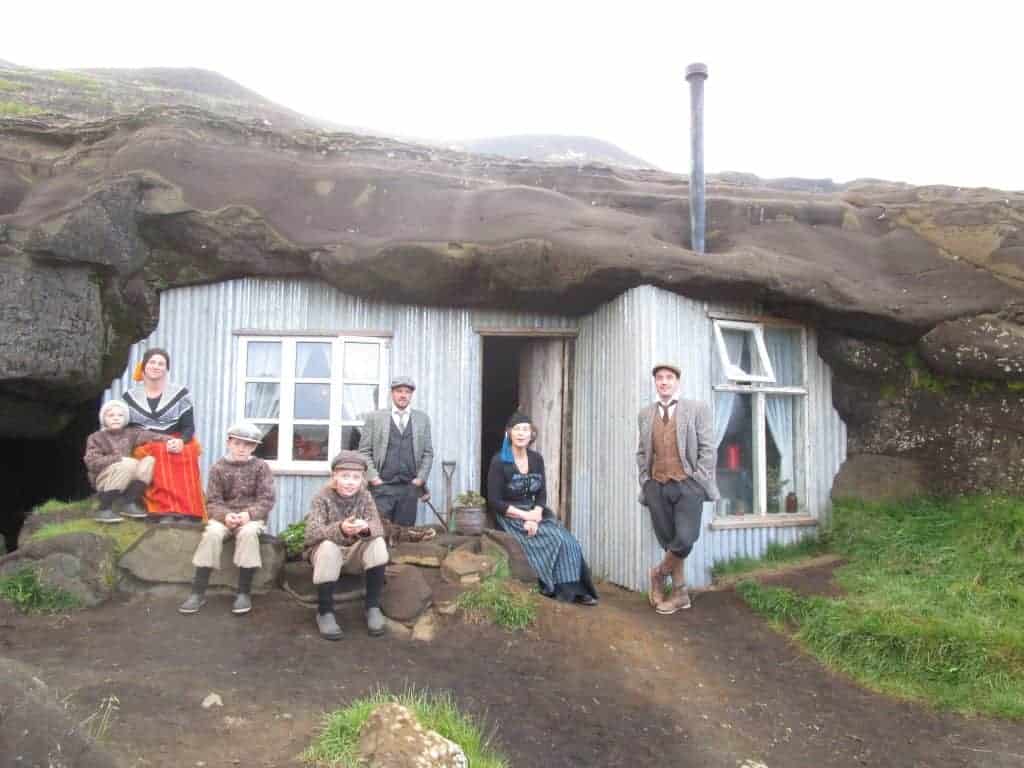
Laugarvatnsvellir, dry flatlands to the east of Reyðarbarmur is a a former lake bottom . Laugarvatnshellar are two caves, on the west side of the flats, which people used initially for the sheep. They were also the home of people during the first decades of the last century. A young couple lived there in 1910–1911 and another couple in 1918–1922. The Cave People renovated the caves and they welcome visitors to see the place and hear the story of the residents.
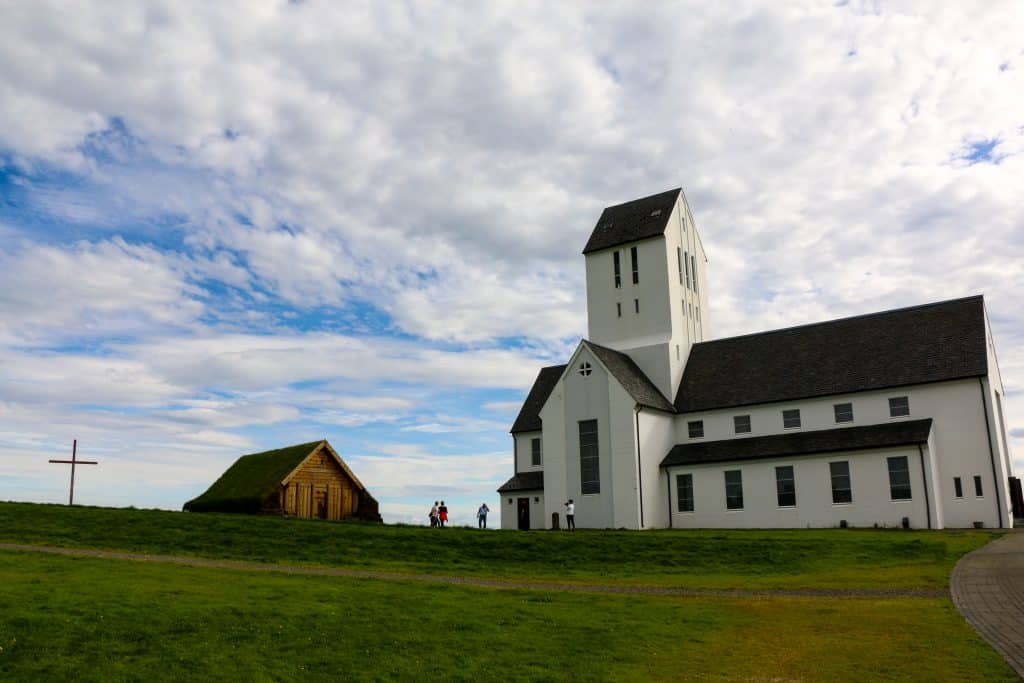
Skálholt is one of the most historic places in Iceland, presently a place of culture and spirituality, with its church and cultural centre. The first settler at Skálholt was Teitur Ketilbjarnarson. He was the grandfather of the first bishop, Ísleifur Gissurarson. Skálholt was the seat of bishops 1056-1796. Was also a school after the Reformation and intermittently in Catholic times. Moreover, a printing press was operated there for a time. Many historical events are connected with Skálholt. The execution of the last Catholic bishop, Jón Arason, along with two of his sons happened here in 1550. The present cathedral was consecrated in 1963. It was decorated with important works by Icelandic artists. Gerður Helgadóttir (1928-1975) designed the beautiful stained glass windows, 43 in all. Nina Tryggvadóttir (1913-1968) created the mosaic art for the altar. A crypt of former bishops and a related museum is there.
Another amazing stop is Kerið, a volcanic crater that has hosted floating music concerts.
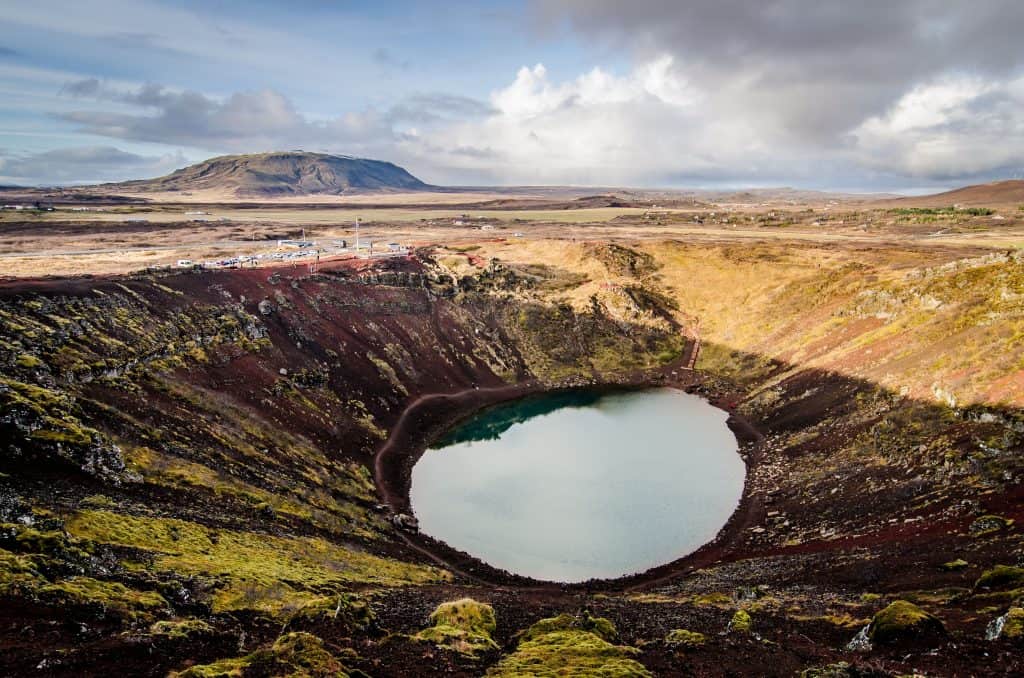
Kerið is a 3000 years old volcanic crater, part of a group of volcanic hills. These days, the crater is filled with water and looks like an amphitheatre. It is possible to walk on the crater’s edge, following the marked path.
If you want to relax, stop in Flúðir, home of the Secret Lagoon.
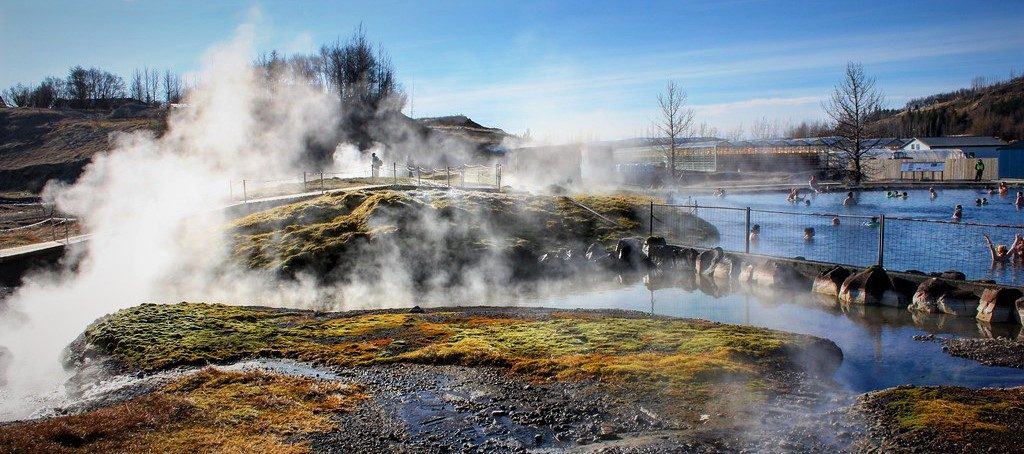
Flúðir is a village in the geothermal area of Hellisholt well-known for its button mushroom farming as well as fruit and vegetables. The Secret Lagoon is at Hverahólmi, the geothermal area near Flúðir. It was made in 1891 and is the oldest swimming pool in Iceland. In the year 1909 the first swimming lessons took place in the pool and the tradition continued until 1947 when the new pool in Flúðir was opened. The Secret Lagoon is no longer a secret. It is now a popular tourist attraction and is getting many visitors after the renovation.
As with everywhere in Iceland, the nature here is very sensitive. Therefore, please take care to stick to marked trails and walking paths, be sure to take your rubbish with you and leave any pieces of Iceland where you found them.
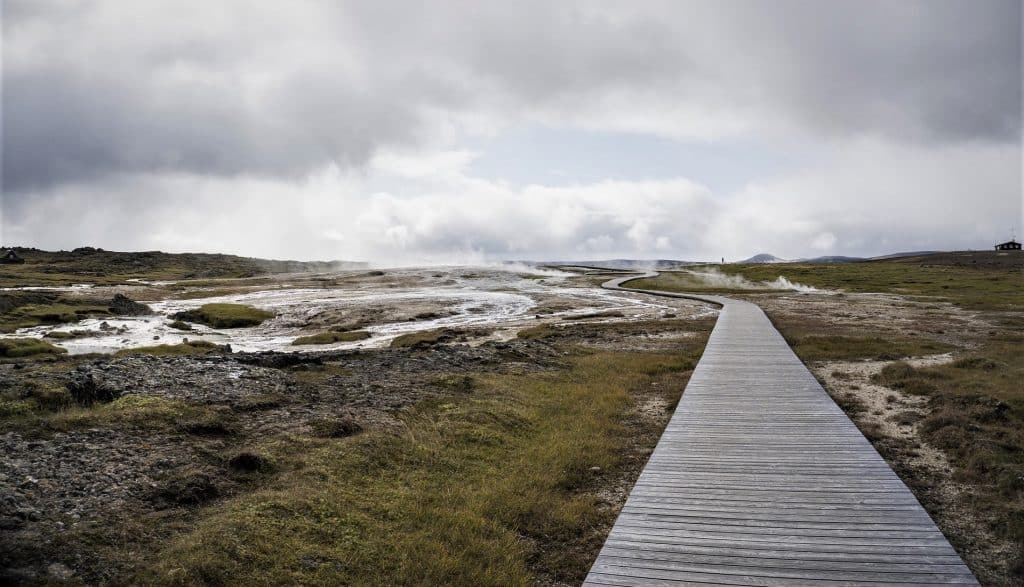
International driving rules apply to Iceland as well. Stopping on the road to take pictures is not only forbidden but highly dangerous because it can cause accidents.
